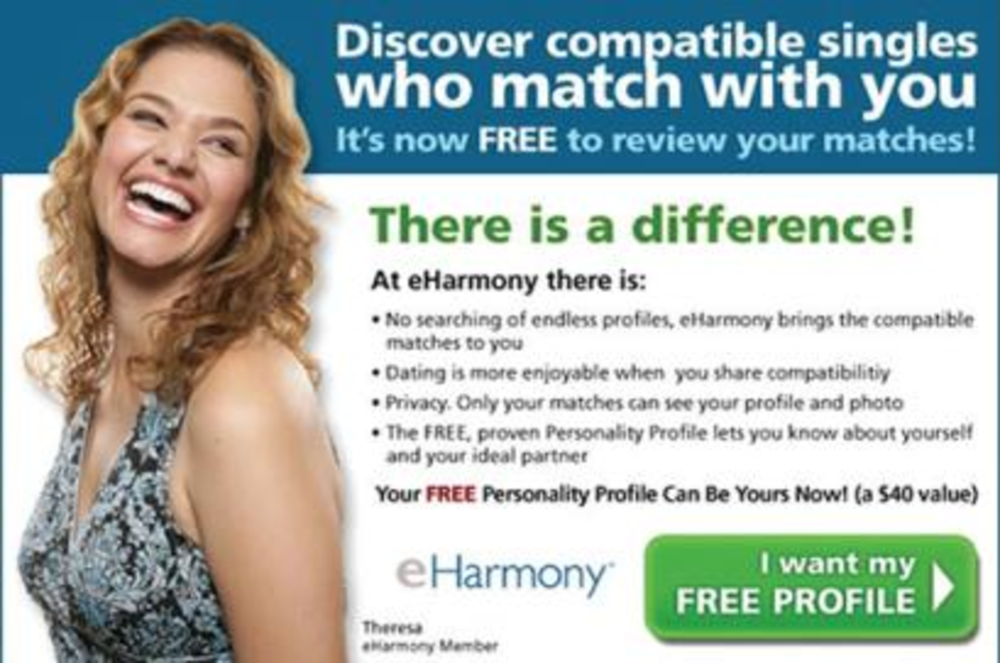E-mail marketing has long been an important one-to-one communication channel, but marketers’ perspective of the medium is changing as brands begin to use it in new and innovative ways.
Online dating service eHarmony, for example, is using e-mail not simply for customer acquisition, but also as a branding tool. The dating site ran a test with Datran Media, its e-mail marketing partner, in which each opt-in participant received three different e-mails over a period of six weeks. Each e-mail contained strong calls to action, including opportunities to register for free personality profiles and free matching. The study assessed each e-mail’s impact on favorability, acquisition and branding, and found that the e-mails increased brand awareness by 37.7%.
“Inbox advertising is one of the key components of our marketing mix,” says Paul Breton, senior manager of corporate communications at eHarmony. “In addition to the acquisition benefit of e-mail, there is a branding benefit as well.”
In the test, eHarmony targeted its e-mails by demographic, sending them to sectors which included people older than age 40, baby boomers, Asians and Canadians to increase the relevance of its efforts.
The test also found that brand awareness increased by 11.5 percentage points and that brand favorability increased by 7.3 percentage points.
“E-mail doesn’t have a negative impact on brands, [although] the marketplace sometimes associates it with spam,” says Jason Oates, VP of media services for Datran Media. “But it’s one of the most widely used applications online. Consumers are spending more time within this medium, so it makes sense to be there.”
Agencies are seeing wider applications for e-mail as well, including a place in social media marketing. Robert Schwartz, senior partner, executive director of digital dialogue at Ogilvy & Mather Worldwide, New York, says, “There is a lot of opportunity to look at what kind of content and messaging [you can include] in [an] e-mail to build a brand.”
He also believes that e-mail has been “under-utilized,” regarding its usefulness as a branding channel, and notes the potential for using transactional e-mails as platforms to spread branding campaigns, to cross-sell and to use social media to get customers excited about the brand.
Schwartz cites both Amazon and Apple’s iTunes as good examples of brands that make use of these transactional e-mails to communicate messaging beyond simple receipts for purchase. Neil Young fans, for example, might like Bruce Springsteen, so a recommendation of a Bruce Springsteen album might be offered, as well as a user-generated review written by someone who has purchased that album.
Zinio, an online publishing and distribution services firm, is also looking at new approaches to e-mail, but from the design perspective. The firm recently debuted a new horizontal e-mail that lets readers scroll the e-mail to the right, the way one reads a book.
“It’s a completely different way of presenting the content that gives the reader a new e-mail experience,” says Stephanie Jackson, publisher, services manager at Zinio.
The Zinio e-mails are a key part of the brand’s communication, and this new design approach is a way to help try new options within the medium.
“E-mail has become such an integral part of consumers’ lives that now it’s an integral part of any relationship [they have] with someone. [Marketers] are recognizing that and [have started] taking it more seriously,” Jackson adds.








